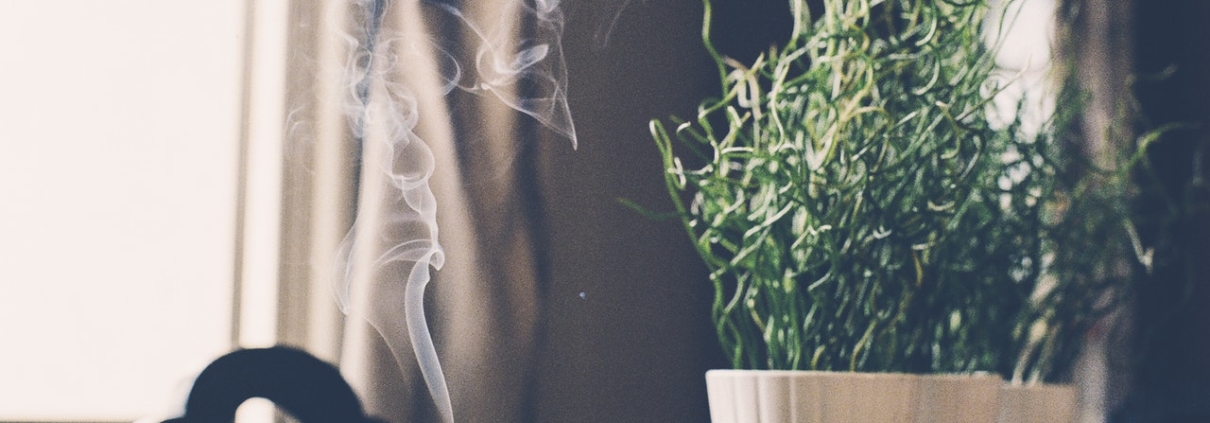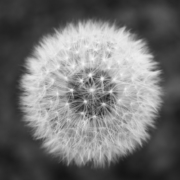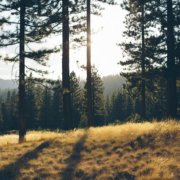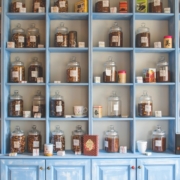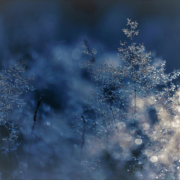Creating Ritual: Incense
“If there are words for all the pastels in a hue- the lavenders, mauves, fuchsias, plums and lilacs- who will name the tones and tints of a smell? It’s as if we were hypnotized en masse and told to selectively forget. It may be that smells moves us so profoundly, in part, because we cannot utter their names. In a world sayable and lush, where marvels offer themselves up readily for verbal dissection, smells are often right on the tip of our tongues- but no closer- and it gives them a kind of magical distance, a mystery, a power without a name, a sacredness.” ~ Diane Ackerman, A Natural History of The Senses
I stay in a lot of hotel rooms and rented apartments when I travel, and one of the first things I do when I arrive is to light a candle and some incense. This small sensory ritual creates an immediate sense of sacred space and a feeling of familiarity in a strange place. Our sense of smell is said to be our most “primitive” sense, in that it is located in the part of our brain that affects memory, emotions, & motivation, otherwise known as the limbic system. The limbic system or “old mammalian brain” operates by influencing the endocrine system and the autonomic nervous system and is highly connected with the brain’s pleasure center. And so it is no wonder that scent can play such a profound role in influencing our minds and emotions.
The term aromatherapy is said to have been coined by French chemist René-Maurice Gattefossé in 1928 because of his interest in the use of essential oils for medicinal uses- but the practice of aromatherapy is of course much older than that. Archeological remains show that distillation was in practice at least 4000 years ago and I have no doubt that as long as people have been walking this earth they have been using fragrant plant based materials to soothe, to heal, and to uplift.
The use of fragrant materials for ritual use also has a long history. Resinous woods, infused oils, and incense have long been used to please the gods and to support the experience of sacred space for those  taking part in the rites. In fact I don’t think there has ever been a culture that has not used scent in ritual practices in one form or another, and for many the smell of burning incense immediately conjures a sense of the sacred.
taking part in the rites. In fact I don’t think there has ever been a culture that has not used scent in ritual practices in one form or another, and for many the smell of burning incense immediately conjures a sense of the sacred.
Ritual is something I have long appreciated and craved (honestly I think we all crave it on some level), and yet it was not part of my secular upbringing. Rather it is something I have sought out and created for myself as an adult. Despite very limited exposure to ritual practice of any kind as a child, incense was very familiar to me. My mother used to burn it in our home and it always felt that as soon as those sticks were lit the environment in our living space was subtly altered. I believe my love of “sacred smoke” began right there.
As a young adult, I was very drawn to systems of earth based spirituality that employed an elemental system for working with the qualities of the natural world, both within and without. Many such spiritual systems, such as First Nations and Celtic, use a four elements system, honouring the elements of Earth, Water, Fire & Earth, whereas Eastern traditions tend to favor a five-element system including the elements of Space (Indian) or Wood & Metal (Chinese). According to the four element systems incense of any type is generally representative of the Air element when placed on the altar, and its fragrant smoke is seen to carry intention and prayers into the subtle realms. I associate Air with inspiration and without a doubt when I light incense to begin my morning practices the smell of the smoke does inspire my mind and heart in a new way. In the Indian tradition the sense of smell is associated with the Earth element and so incense is sometimes said to be representative of Earth on the altar, and because it is traditionally made of woods and resins, spices and flowers I feel that it without a doubt holds the magic of the Earth within it and find it grounds me in the most delightful way. And of course, the act of burning brings the Fire element in, offering transformation from one form (solid substance of some kind) into another (fragrant smoke). So for myself, the act of lighting incense invokes these sacred elements of Air, Earth & Fire and brings them into my simple rituals of practice and intention.
I don’t always practice yoga asana every day, but I do have a non negotiable bare minimum daily practice, and that is to light a candle and a stick of incense on my altar, to chant the mantras that invoke the forms of the divine that speak most clearly to me, to say some very simple prayers of gratitude & intention, and to sit quietly for a minimum of 9 minutes. This daily practice anchors me and delights me as it invites all my senses to participate. As I gaze at the images on my altar lit by candlelight, smell the fragrant smoke, hear & feel the mantras, and listen deeply in my meditation, I experience a sense of aliveness that is both grounding & uplifting- which is exactly how I want to start my day. Ritual need not be long and complex to be powerful, and through regular practice, it takes on a momentum that can shift the most mundane experience, such as preparing for another day of work, into something sacred.
When picking incense sticks always look for the best quality and cleanest ingredients you can find. Of course, you can always make your own incense blends to burn on a charcoal brazier as well! But if you prefer sticks here are some of my favorites below. * You will see I have a preference for Japanese incense as I find it very clean burning and refined, these brands are readily available and reasonably priced- high quality incense can get very expensive!
Shoyeido Incense
This brand is pretty easy to come by and has a large selection of lovely scents. Here are some of my favourites.
Nippon Kodo
This brand has so many amazing choices and their Kayuragi line is my absolute favourite right now, my top three faves which I always have on hand are-
I also like their Morning Star line, which is very affordable and of good quality. My favourites in this line are-
Nitiraj Masterpiece Collection
Though I generally prefer Japanese incense I do like this Indian line, introduced to me by my friend Christine ( a fellow connoisseur of scent & sensuality). Below are the ones I have tried and love the scent of-
